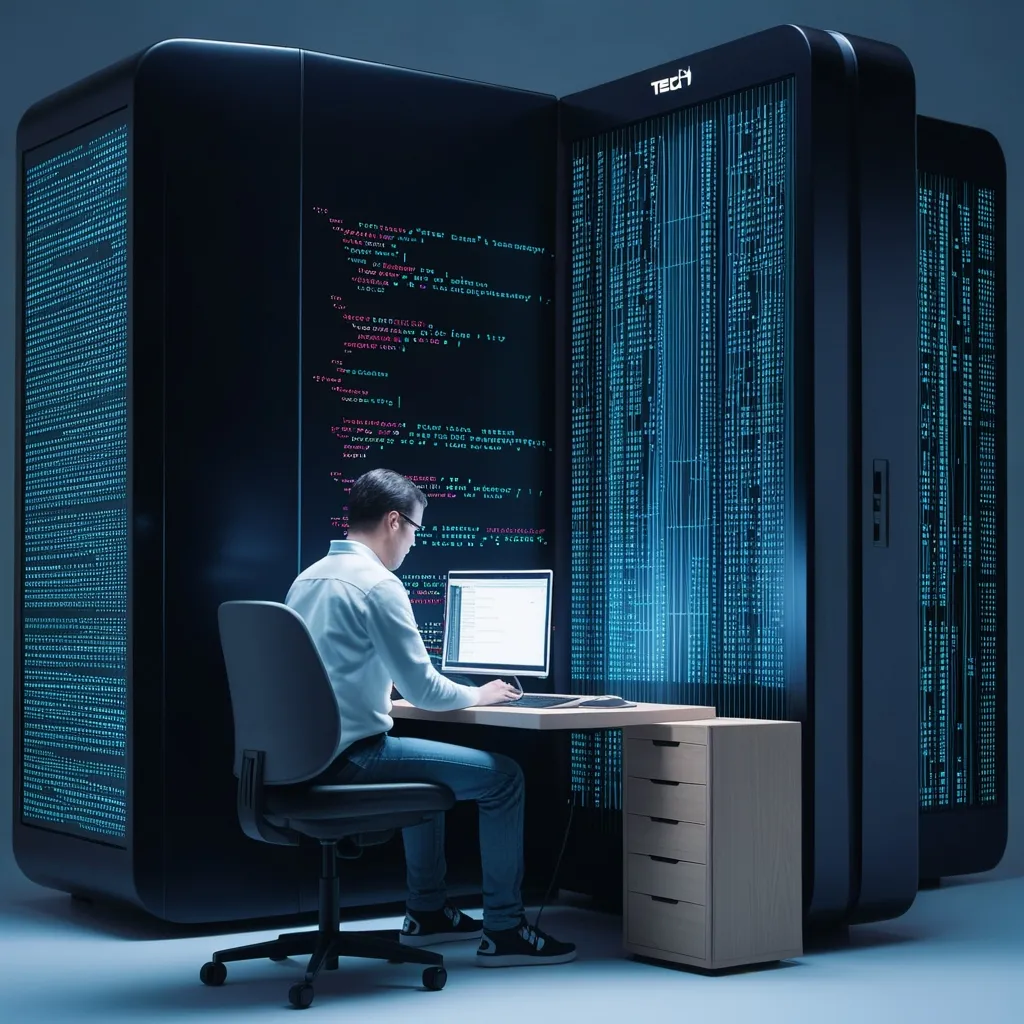Pike is like the Swiss Army knife of programming languages. It’s dynamic, object-oriented, and super versatile, especially rocking it in multimedia and networking applications. Imagine having the power of C’s syntax but without the hair-pulling complexity. That’s Pike for you, making it a hit among developers who need to build heavy-duty systems but don’t want to sink into the deep waters of traditional languages. Let’s dive into what makes Pike tick.
The Cool Origins Story
Picture the early 90s. Pike was born out of a need for a scripting language for MUDs (Multi-User Dungeons). Remember those? Text-based multiplayer games where you’d type in your actions? Well, Pike was tailor-made for this world. Over the years, it evolved and adapted, pulling in features from various programming paradigms. The goal was straightforward: the developers wanted a language robust enough to handle real-time applications and networked systems.
Syntax That Feels Like Home
If you’ve written even a smidge of C code, Pike will feel like a homecoming. Its syntax mirrors C but is much more readable and user-friendly. Take variable declarations and functions, for example. They’re pretty intuitive and won’t have you scratching your head.
Check this out:
int main() {
int x = 5;
write("The value of x is: " + x + "\n");
return 0;
}
No rocket science here. You see how Pike keeps things familiar yet concise. That’s one less hurdle when you’re jumping between different programming languages. You could literally start writing code in Pike by the end of your coffee break.
Embracing Objects Like an Old Friend
Pike is wholeheartedly object-oriented. Think classes, inheritance, polymorphism – the whole shebang. This makes it ideal for building systems that need to be modular and reusable.
A simple example speaks volumes:
class Person {
string name;
int age;
void create(string n, int a) {
name = n;
age = a;
}
void greet() {
write("Hello, my name is " + name + " and I am " + age + " years old.\n");
}
}
Person p = Person();
p->create("John", 30);
p->greet();
Here’s our Person class, showing off how Pike nails the object-oriented programming (OOP) principles. It’s straightforward but classy enough to handle complex scenarios.
Flexibility with Dynamic Typing
Pike doesn’t require you to declare the type of a variable upfront. This dynamic typing makes it a dream for rapid prototyping. You can change the variable types as your program evolves, which is super handy.
Check this snippet:
mixed x = 5;
x = "Hello";
write(x + "\n");
First, x is an integer, and later, it becomes a string. Pike doesn’t mind, and you get a level of flexibility that can fast-track your development.
Acing Multimedia and Networking
Pike’s game in multimedia and networking is strong. It handles real-time data like a pro, and its knack for networking protocols adds a feather to its cap. Whether it’s TCP/IP or UDP, Pike’s got built-in support, making it a go-to for networked applications.
Consider writing a basic web server:
int main() {
object server = Stdio.File("localhost", 8080)->listen();
while (true) {
object conn = server->accept();
conn->write("HTTP/1.1 200 OK\n\nHello, World!\n");
conn->close();
}
return 0;
}
With just a few lines of code, you’ve got yourself a web server. It’s impressive how Pike can streamline things, handling the heavy lifting while you focus on the bigger picture.
Finding Your Tribe
Though not the biggest community, Pike’s developer base is dedicated and growing. You’ll find documentation, tutorials, and libraries aplenty to smooth your learning curve. The camaraderie among Pike’s developers means there’s always someone to turn to when you hit a snag.
Real-World Adventures
Pike is a chameleon. It fits into various real-world applications effortlessly. Be it game development or network administration, it adapts and thrives. Its dynamism makes it apt for scripting game logic or handling real-time network communications.
In game development, the ability to write dynamic code on the fly gives developers a significant edge. For network administrators, Pike’s robust handling of protocols makes it invaluable.
What’s the Takeaway?
Pike blends the best of simplicity and power. It’s object-oriented, dynamically typed, and super easy to read and write. In the realms of multimedia and networking, it shows off its prowess. Whether you’re a veteran developer or someone new on the scene, Pike deserves a spot in your toolkit.
It balances being powerful and user-friendly remarkably well. Pike’s dynamic nature and object-oriented features make it adaptable, putting it in league with some of the best languages for a wide range of tasks. If you’re looking for a language that won’t make you pull your hair out but can still handle the heavy-duty stuff, give Pike a spin. The journey might just surprise you.






